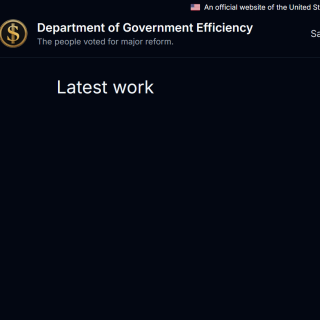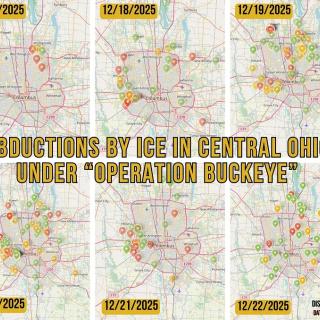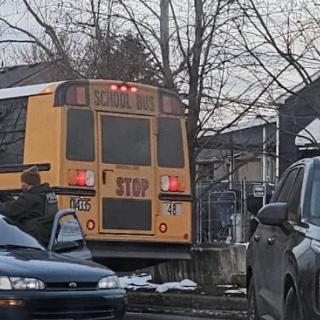Advertisement
One thing is not in question: September 9th is now officially the largest prison work strike ever to take place within the United States.
This strike against prison slavery that began on September 9th, the 45th anniversary of the Attica prison uprising has now entered it’s third week. According to organizers with Support Prisoner Resistance:
As of 9/21 we have tracked 46 prisons and jails that experienced some kind of disruption between September 8 and 21st. This total includes both lockdowns reported by officials (some of whom deny that the lockdown was protest related) and reports of protests from prisoners and supporters (some of which did not lead to lockdowns or full strikes).
Of these, 31 facilities experienced a lock-down, suspension or full strike for at least 24 hours. Those 31 facilities house approximately 57,000 people. That is a guess at the minimum number of prisoners affected by the nationally coordinated strike.
There is likely much more going on behind the prison gates that we do not yet know about. We receive new information on a daily basis. In some places the strike lasted a day or a weekend, but in some, it seems to be going strong 12 days in.
The strike has also grown out of the original expectations of many organizers. For instance, the strike has spread into both men and women’s prisons, into county jails, and has lead to not only work strikes, but hunger strikes, organized marches and protests inside facilities, expanded communication of prisoners to the outside, and full fledged uprisings. Despite a media blackout that is fueled by the advertising of corporations that make billions from prison slavery while the mainstream press drones on about politicians which vow to only expand it – the strike is only continuing and bringing more people into our networks.
On the outside, thousands of people took to the streets. In Durham, NC and Brooklyn, NY, freeways were blocked. In Oakland, corporations profiting from prison labor were attacked. In Portland, streets and stores profiting from prison labor were occupied and shut down. In Austin, people shut down a facility showcasing products made by prisoners, and demonstrations, marches, and rallies were organized throughout the South. Across the US, noise demonstrations outside of prisons were organized, marches were held, and graffiti, banners, and posters were placed around the walls, freeways, and towns and cities of the US. Across the world, people also took action in solidarity with the prison strike. From Serbia to Sweden, Greece to Australia, Mexico to Spain, people released statements of solidarity, held demonstrations outside of prisons, and took action against corporations that profit from prison slavery.
This article appeared in https://itsgoingdown.org
Visit https://itsgoingdown.org for ongoing prisoner strike information.



